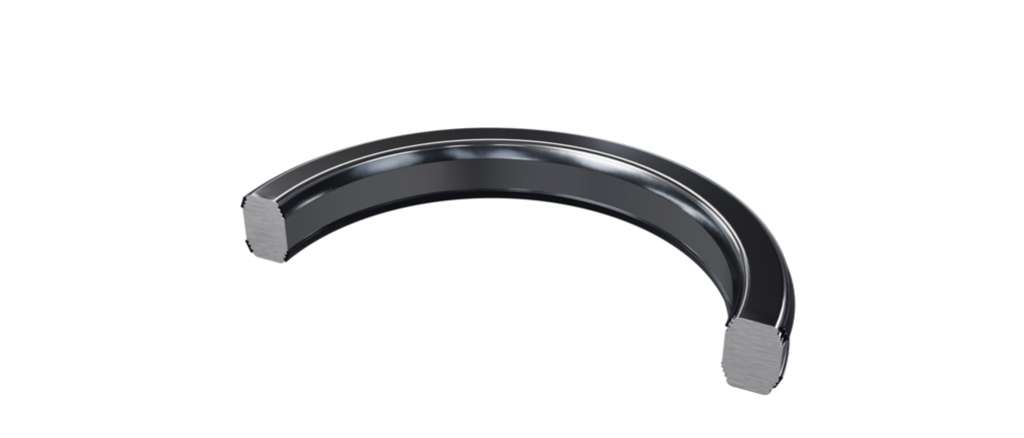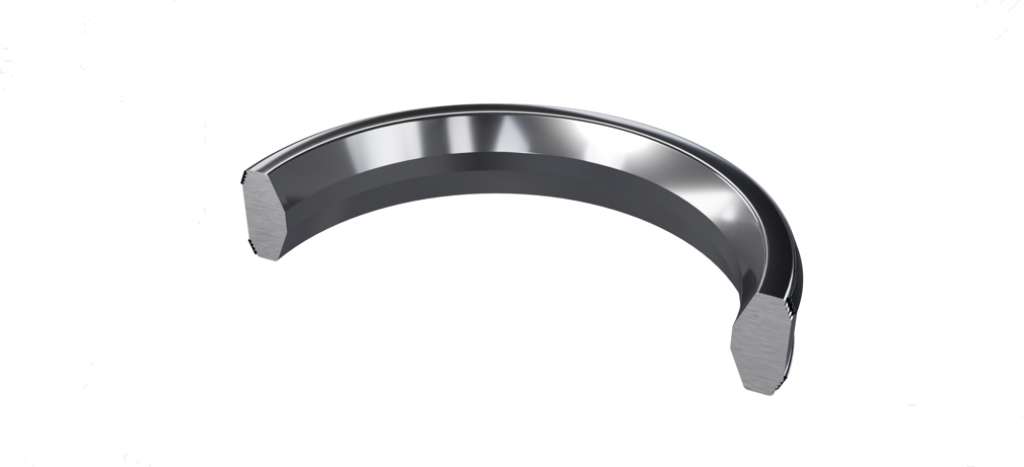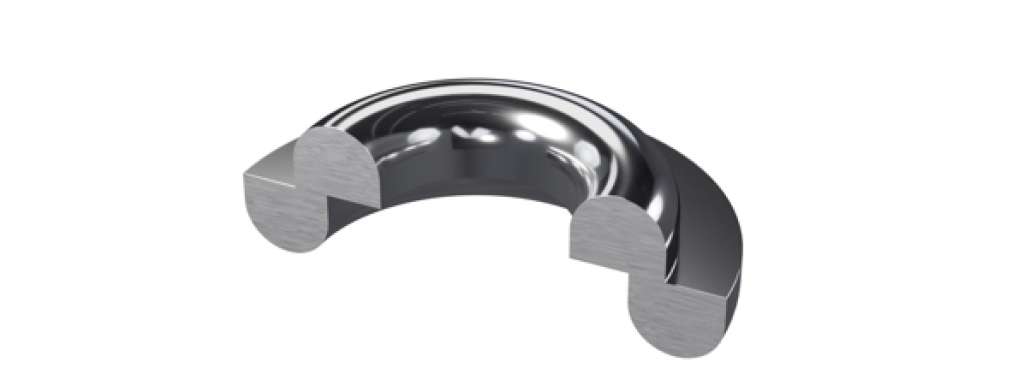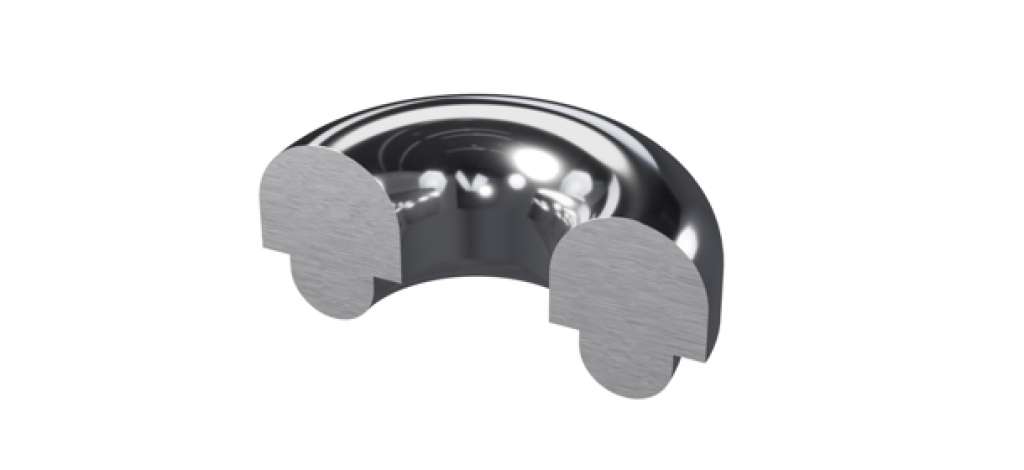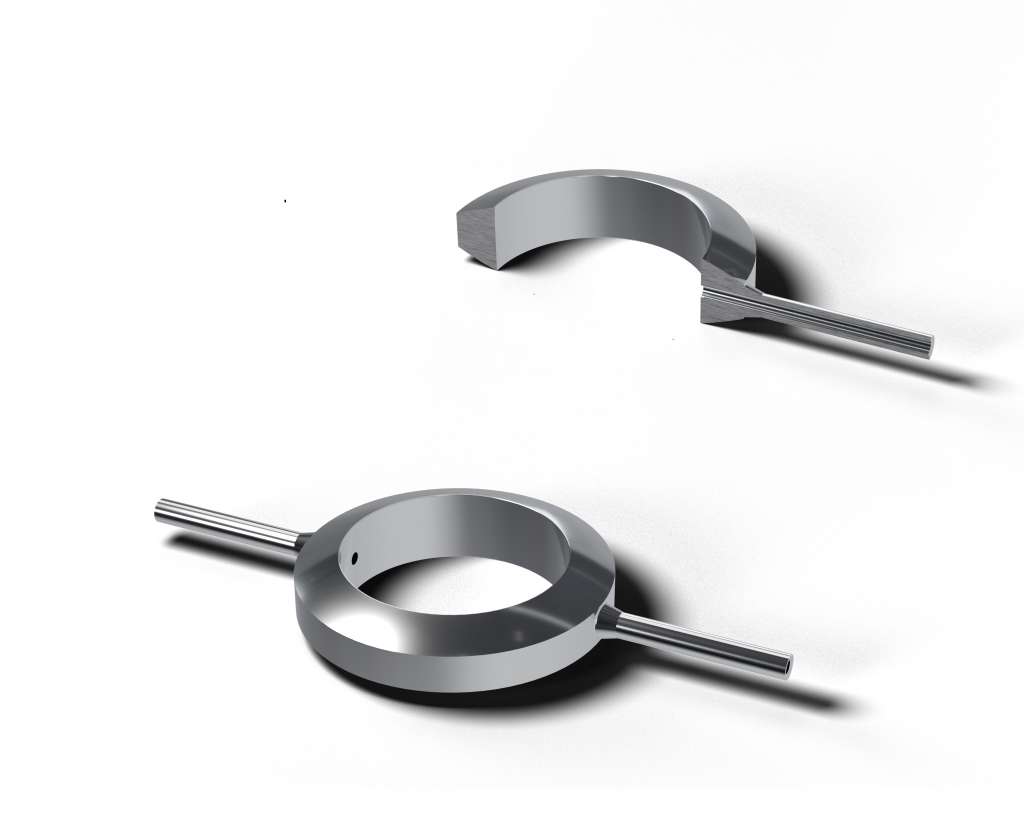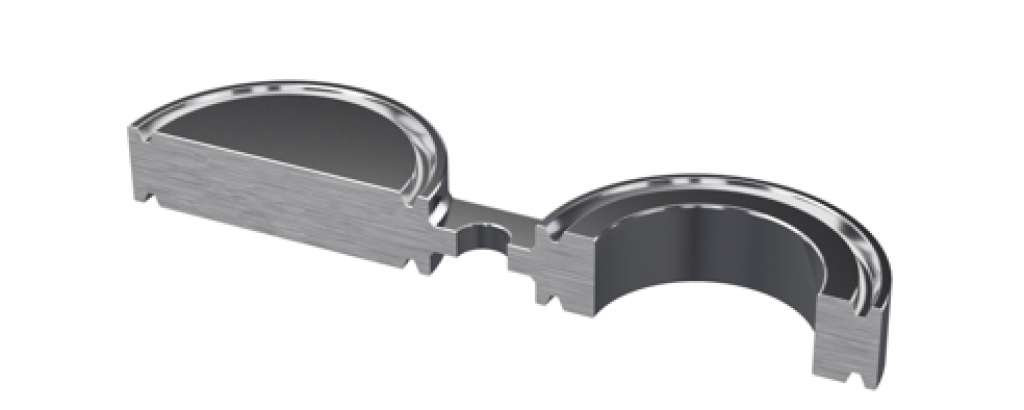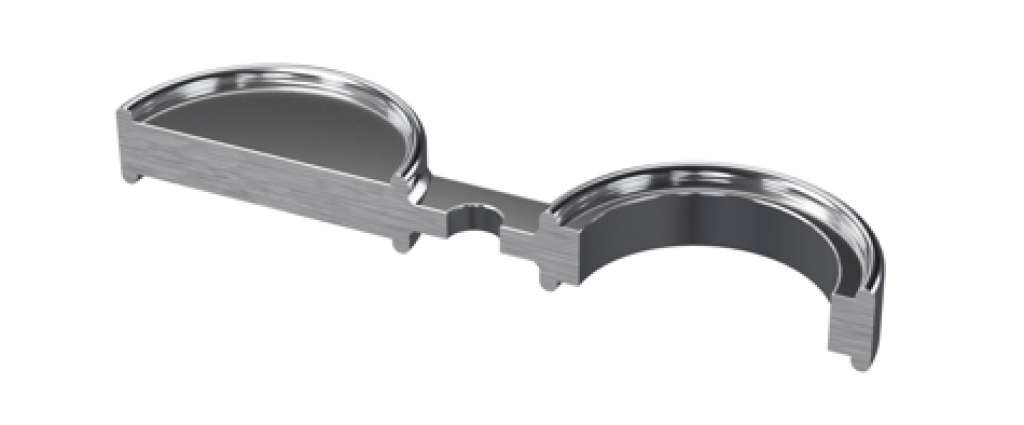They are especially suitable for flanges with worn or damaged RTJ grooves, where a standard metal ring would struggle to achieve proper sealing. The soft filler compensates for surface imperfections, ensuring tightness without requiring costly flange replacement or machining. Serrated RTJs are drop-in replacements and fit standard RTJ flange designs per API 6A or ASME B16.20/B16.5. They do not require modifications to the flange and are ideal for retrofitting in brownfield projects. Common applications include chemical and petrochemical plants, offshore facilities, refineries, and power generation.
The graphite or PTFE insert enhances sealing under thermal cycling and vibration, reducing fugitive emissions and the filler also prevents galling or damage to the flange face, extending the life of the connection. They are widely used in hydrogen, ammonia, hydrocarbons, and sour gas services, where leakage must be minimized. Material selection for the ring includes carbon steel, stainless steel, Inconel, Monel, and other alloys.
Filler choice depends on the medium: graphite is heat-resistant, PTFE is suitable for aggressive chemicals. The gasket can be produced in both oval and octagonal profiles, filled during the manufacturing process. While not included in API or ASME standards, they are manufactured to precise tolerances under custom specifications. Installation is straightforward and similar to standard RTJs, with added care for the filler during handling. In many cases, Serrated RTJs can restore sealing performance without shutting down the system for flange repair.
They are especially beneficial in critical service lines that have suffered mechanical wear or corrosion in the RTJ groove. Leak tightness is enhanced by the deformable filler, which reduces reliance on extreme bolt loads.
